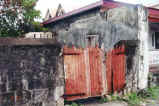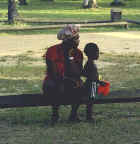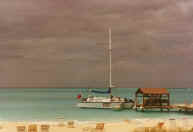
































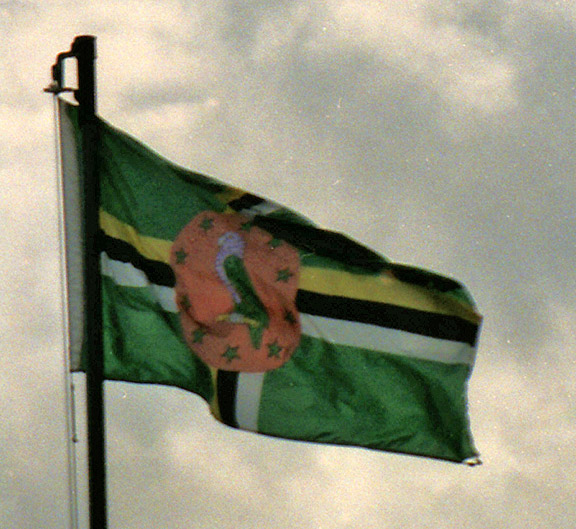
the flag
The Commonwealth of Dominica, commonly known as Dominica (French: Dominique), is an island nation in the Caribbean Sea. In Latin, its name means "Sunday", which was the day on which it was discovered by Columbus.
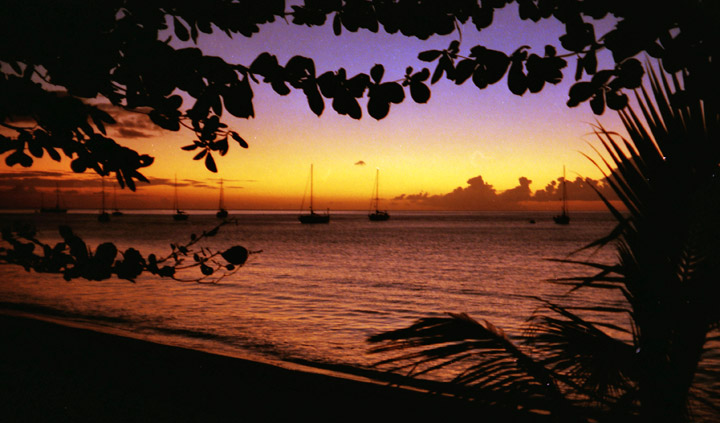
Sunset off Picard Beach
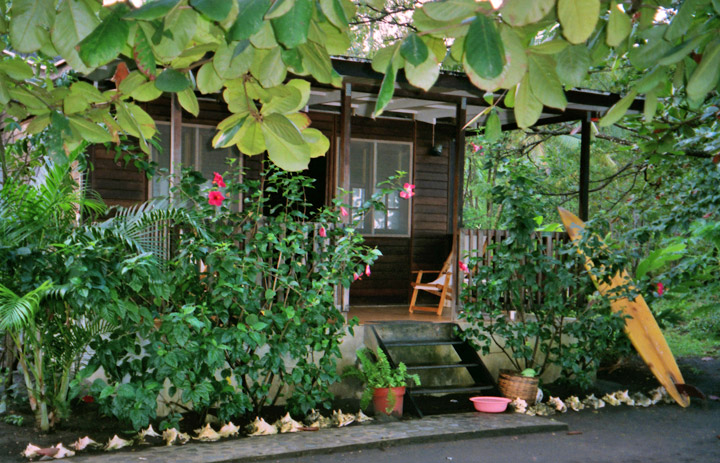
Lodge at Picard Beach
Dominica's pre-Columbian name was Wai'tu kubuli, which means "Tall is her body". The indigenous people of the island, the Caribs, have a territory similar to the Indian reserves of North America. Because the island lies between two French overseas departments, Guadeloupe to the north and Martinique to the south, and because it was colonized by France for a time, it is sometimes called "French Dominica". However, its official language is English, though a French creole is commonly spoken.
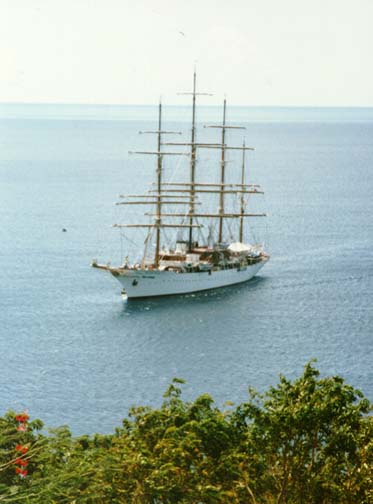
The "Sea Cloud" off of Fort Shirley
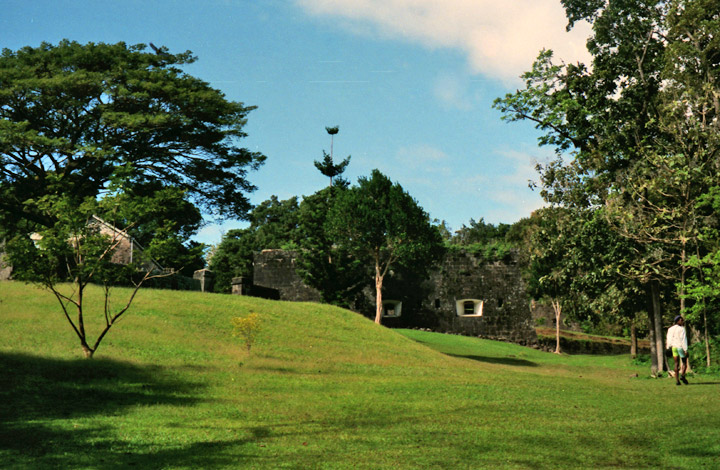
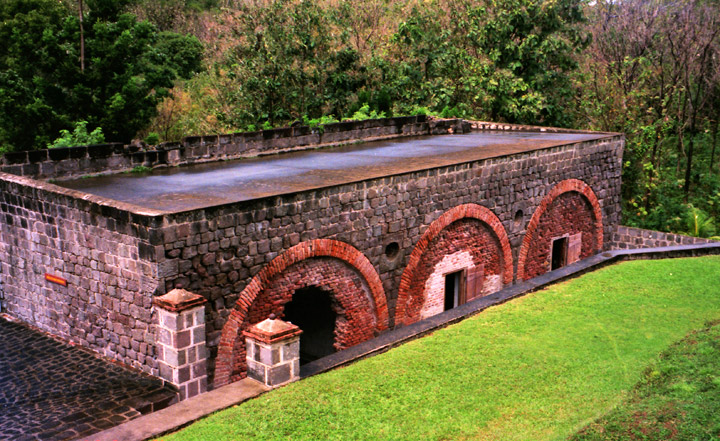
Fort Shirley
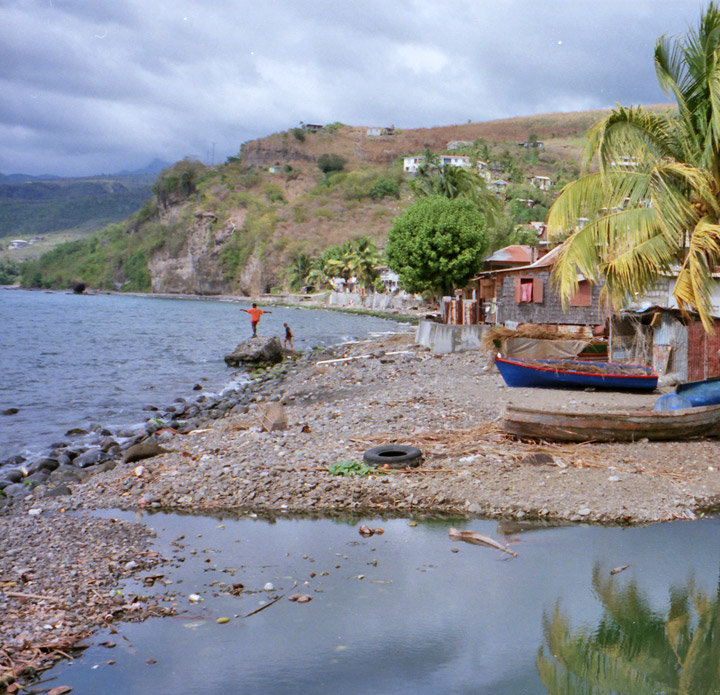
beachfront
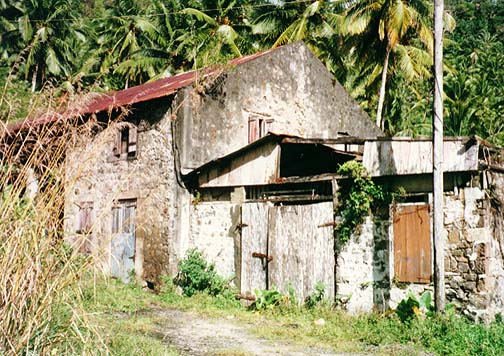
Old Copra Mill

school children
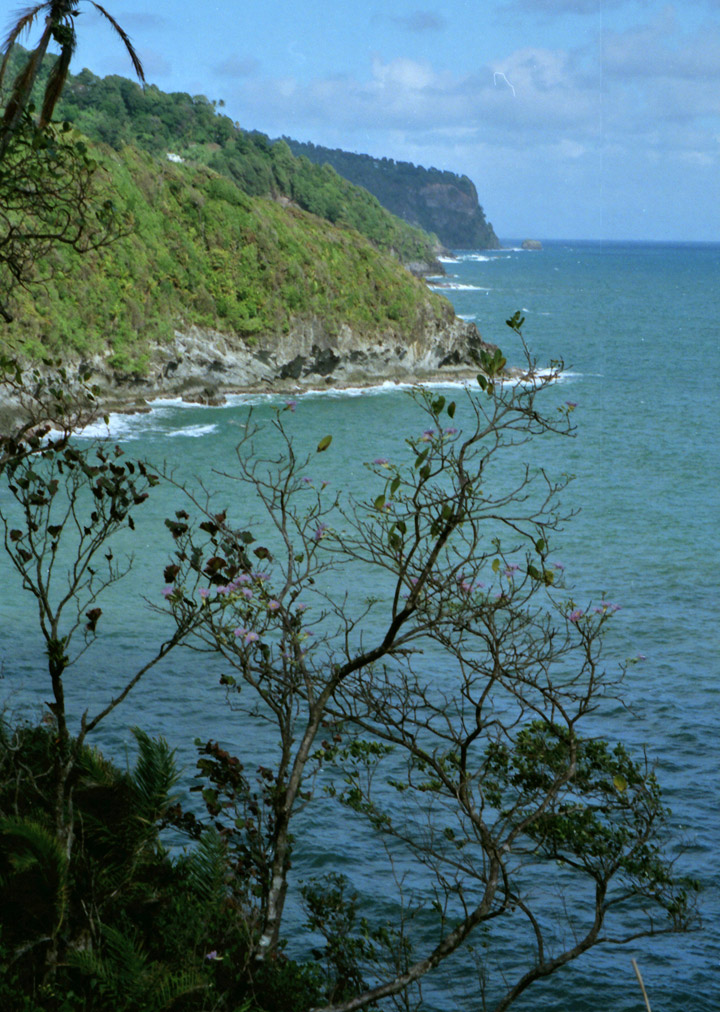
Coastline
Dominica has been nicknamed the
"Nature Isle of the Caribbean" due to its seemingly unspoiled natural beauty. It
is one of the youngest islands in the Lesser Antilles, still being formed by
geothermal-volcanic activity, as evidenced by the world's second-largest boiling
lake. The island features lush mountainous rainforests, home of many very rare
plants, animal, and bird species. There are xeric areas in some of the western
coastal regions, but heavy rainfall can be expected inland. The Sisserou parrot,
the island's national bird, is featured on the national flag. Dominica's economy
is heavily dependent on both tourism and agriculture.
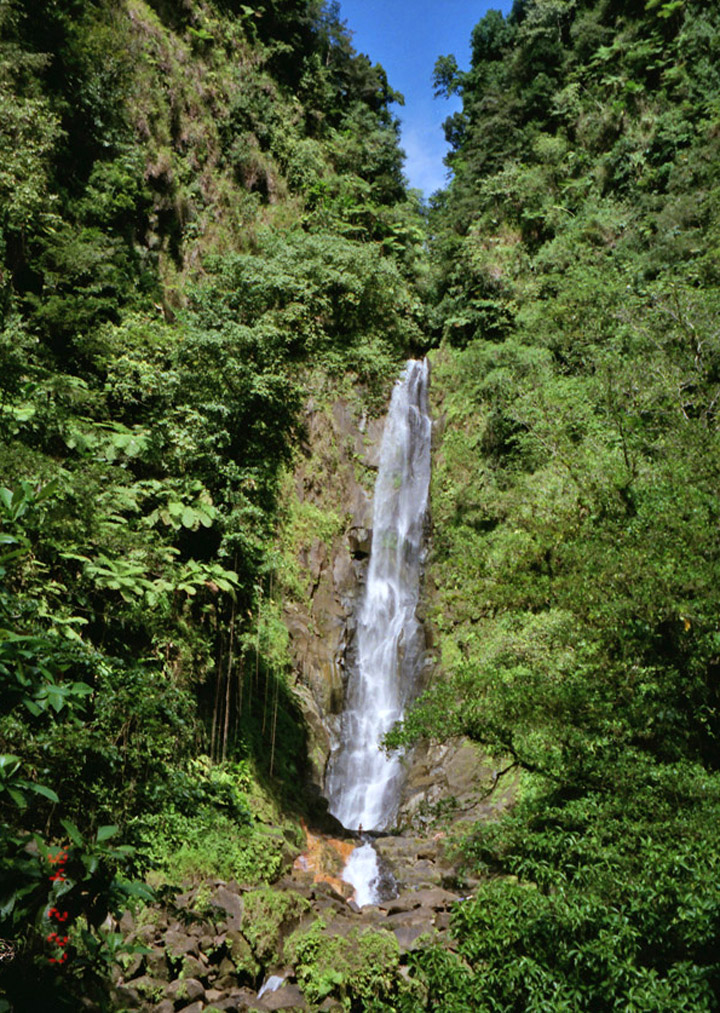
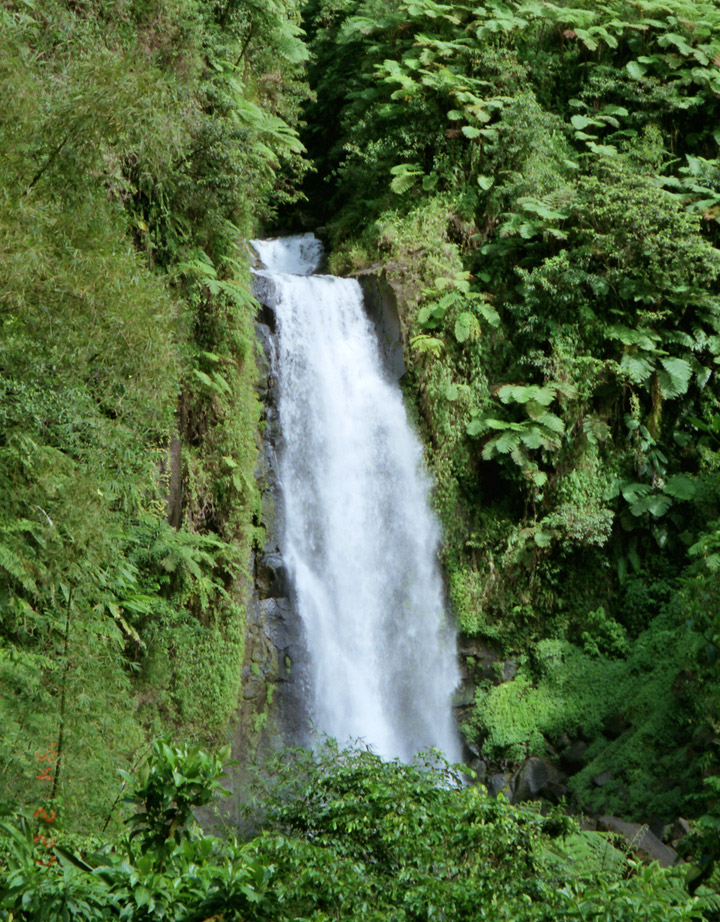
inland water falls
More Photos of the Island's Forests
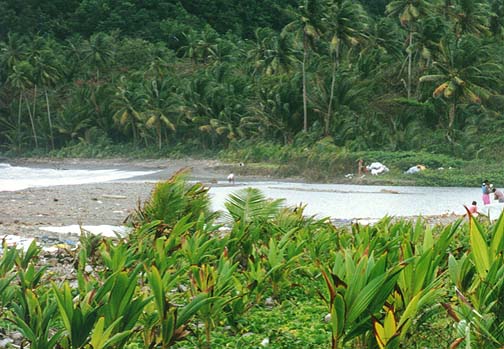
Castle Bruce Beach
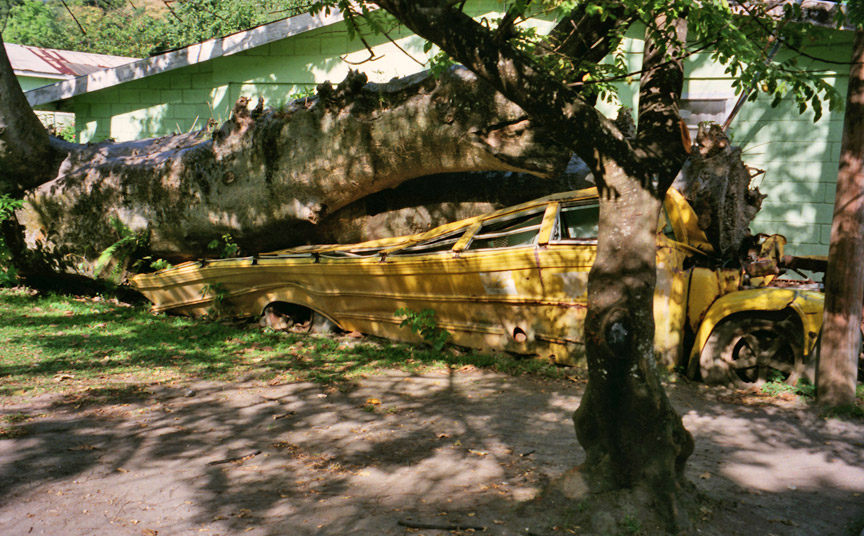
Hurricane DAVID damage
In 1979, Dominica was hit directly by category 5 Hurricane David, causing widespread and extreme damage. On August 17, 2007, Hurricane Dean, a category 1 at the time, hit the island. A mother and her seven-year-old son died when a landslide caused by the heavy rains fell onto their house. In another incident two people were injured when a tree fell on their house. Prime Minister Roosevelt Skerrit estimated that 100 to 125 homes were damaged, and that the agriculture sector was extensively damaged.

descendent of Caribs Amerindians
The indigenous people of
Dominica, the Arawak people, were expelled or exterminated by Caribs in the
fourteenth century. The Arawaks had been guided to Dominica, and other islands
of the Caribbean, by the South Equatorial Current from the waters of the Orinoco
River. These descendants of the early Tainos were overthrown by the Kalinago
tribe of the Caribs.
The Caribs arrived on the island in special boats which they are still making at
their own territory on the island. Christopher Columbus arrived at this island
on Sunday, November 3, 1493. He and his crew soon left the island, having being
defeated by the Caribs. In 1627 England tried and failed to capture Dominica. In
1635 the French claimed the island and sent missionaries, but they were unable
to wrest Dominica from the Caribs. The French abandoned the island, along with
the island of Saint Vincent, in the 1660s.
For the next hundred years Dominica remained isolated, and even more Caribs
settled there after being driven from surrounding islands as European powers
entered the region. France formally ceded possession of Dominica to the United
Kingdom in 1763. The United Kingdom then set up a government and made the island
a colony in 1805. The emancipation of African slaves occurred throughout the
British Empire in 1834, and, in 1838, Dominica became the first British
Caribbean colony to have a Black-controlled legislature. In 1896, the United
Kingdom reassumed governmental control of Dominica and turned it into a crown
colony. Half a century later, from 1958 to 1962, Dominica became a province of
the short-lived West Indies Federation. In 1978 Dominica finally became an
independent nation.
Text from Wikipedia
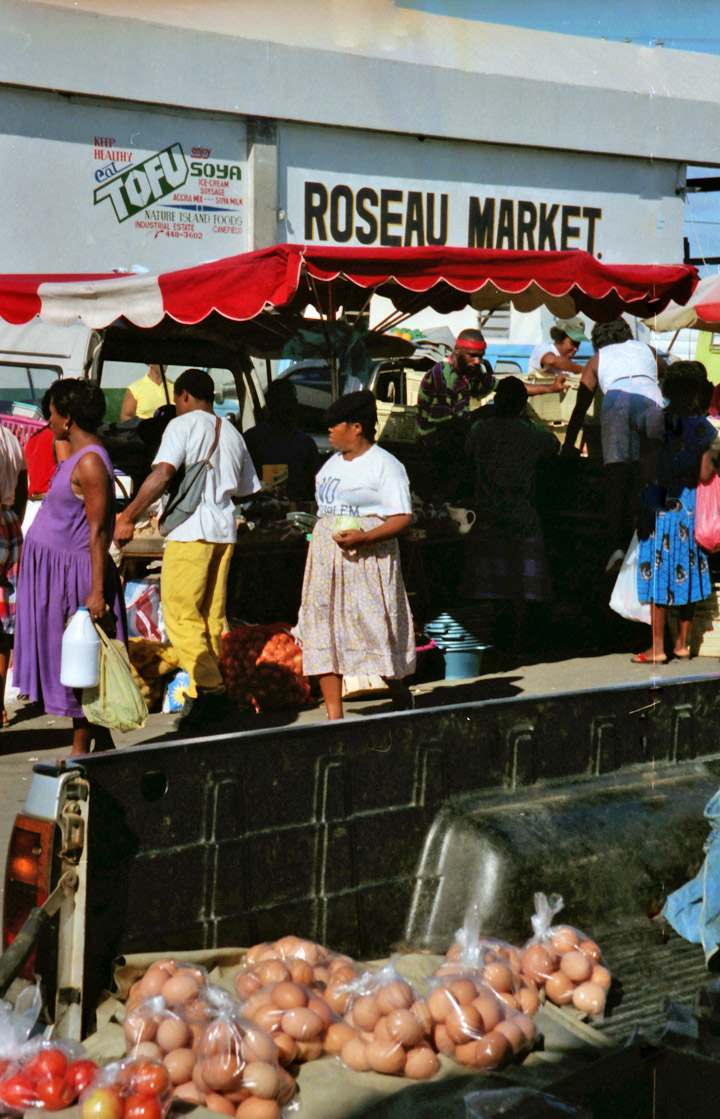
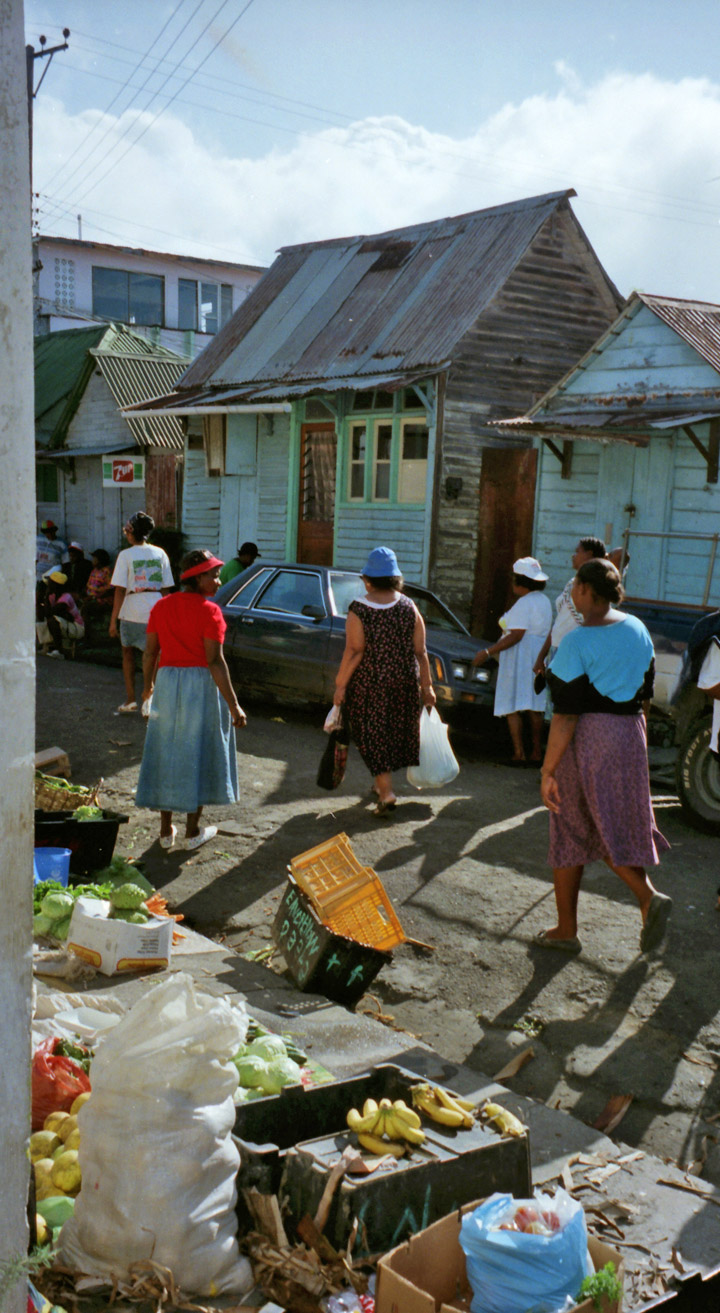
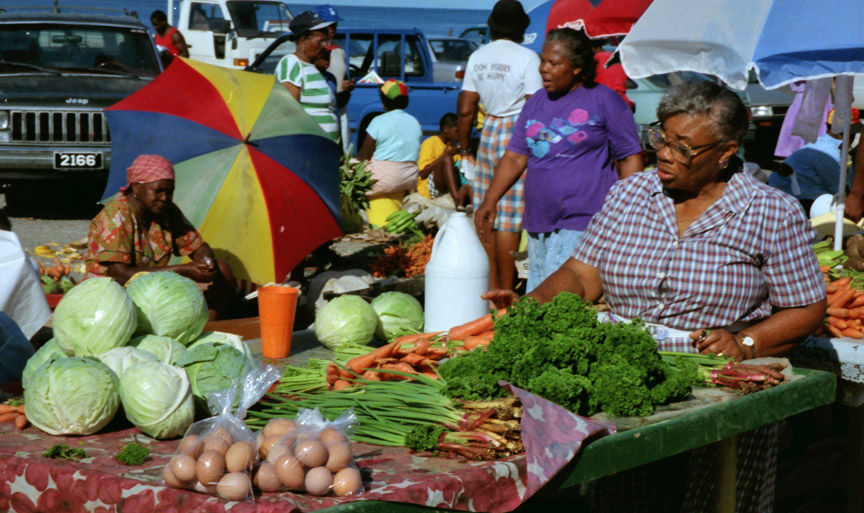
Market in Roseau
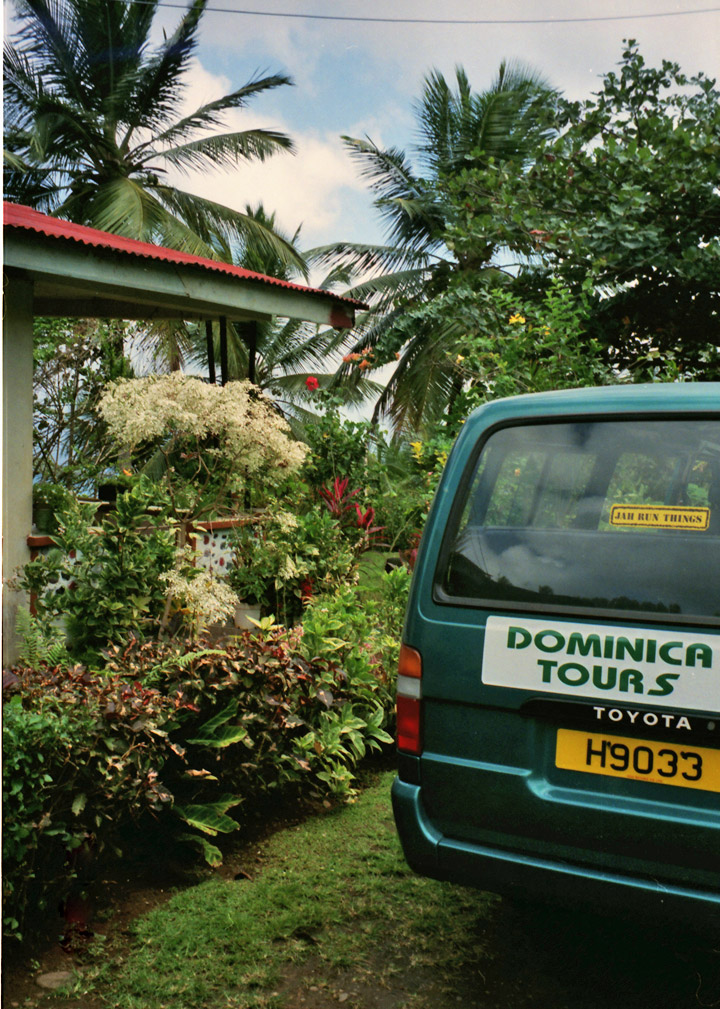
take a tour of the island
Photos from a Tour of the Nature Island
![]()
![]()
other Caribbean islands
The islands of the
Caribbean offer a diversity of peoples and culture,
determined by which nation
first exploited its agriculture, often through the use of slaves.
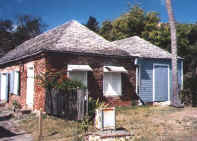
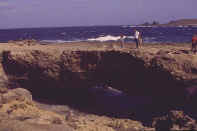
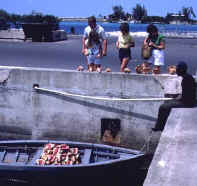


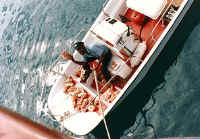
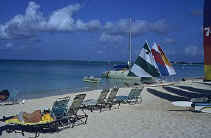
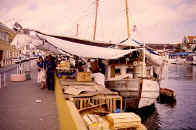
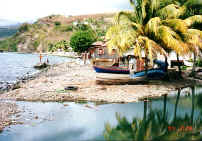
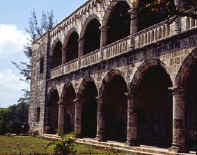
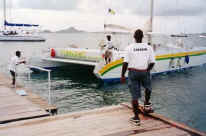
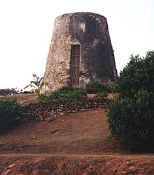


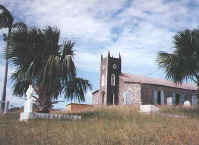
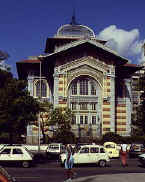

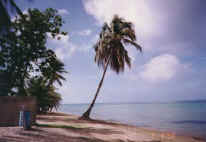
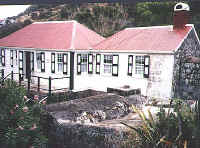
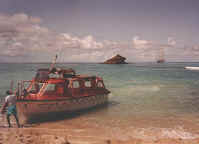
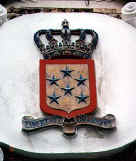
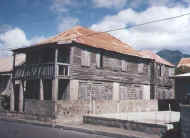


Saint Maarten (Dutch side of Island)
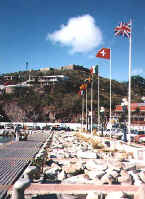
Saint Martin (French side of Island)
